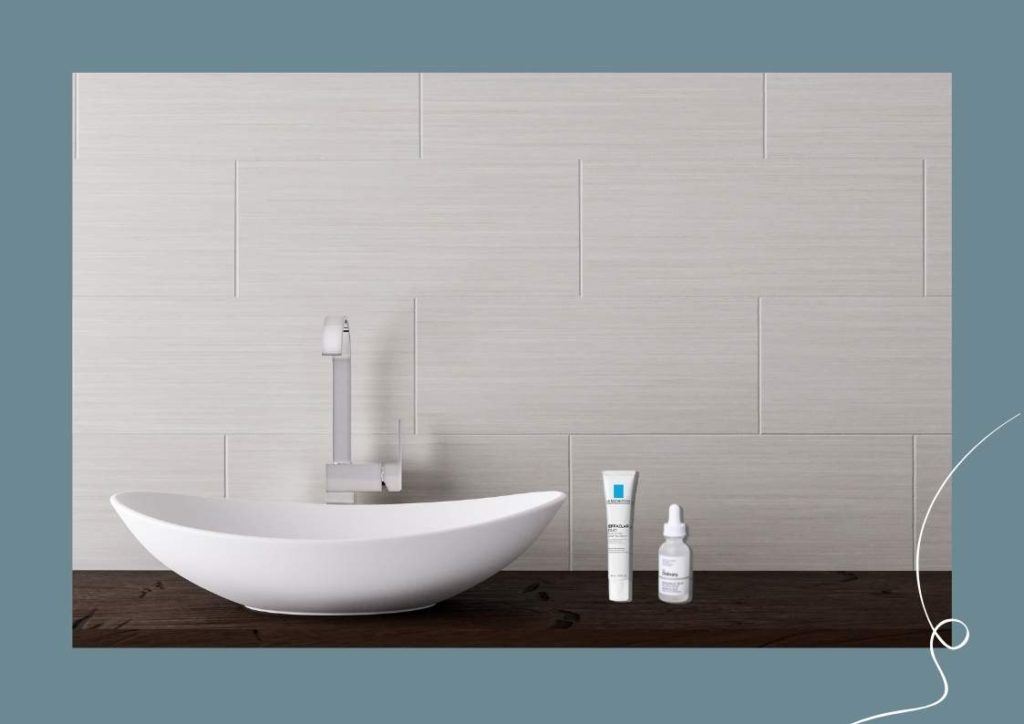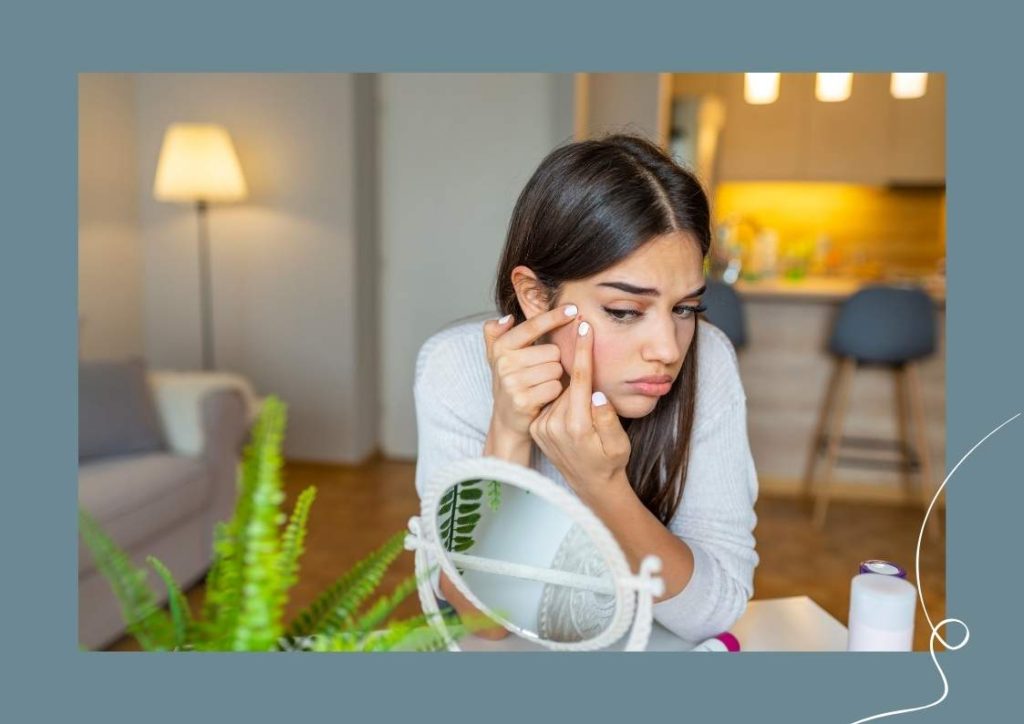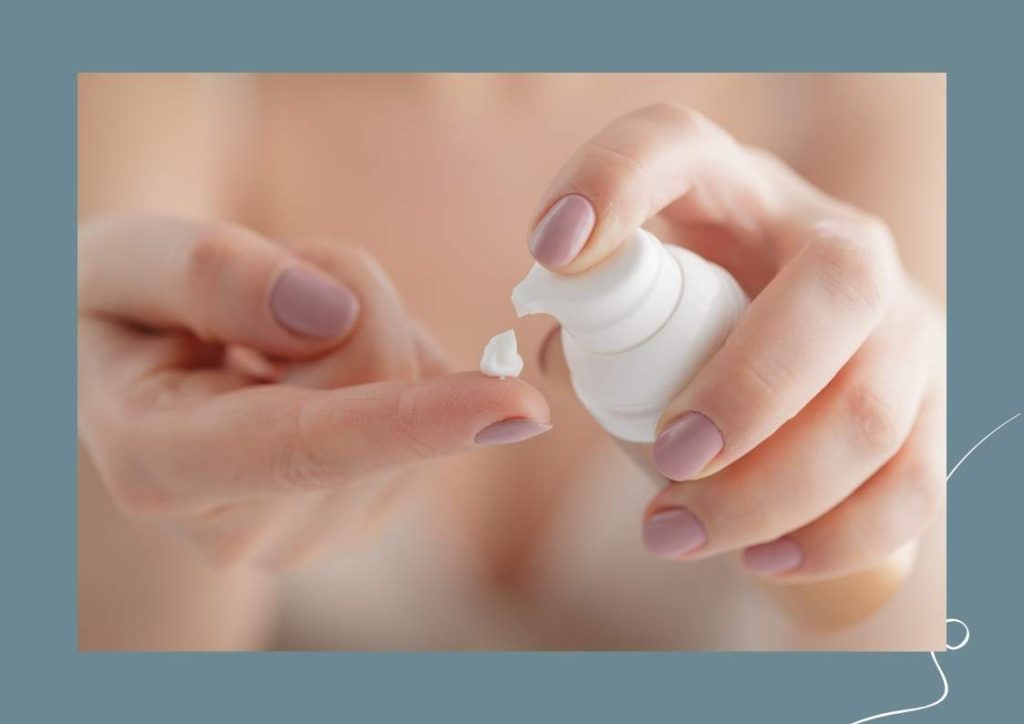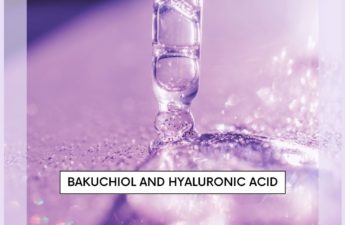Niacinamide and benzoyl peroxide are popular and effective skincare ingredients that address a wide range of concerns. But can you use both products at the same time?
You can use niacinamide with benzoyl peroxide as it’s more effective than when used alone. Niacinamide is hydrating, anti-inflammatory, regulates sebum production, and reduces redness. On the other hand, benzoyl peroxide kills acne-causing bacteria and is dehydrating.
This article will discuss if it’s safe to use niacinamide with benzoyl peroxide. It will also explain which one to use first.
Is It Safe To Use Niacinamide With Benzoyl Peroxide?
Niacinamide (or Vitamin B3) is a crucial ingredient in facial serums and creams, while benzoyl peroxide is present in face washes for acne-prone skin and as a spot treatment.
It is safe to use niacinamide with benzoyl peroxide as they do not contraindicate or cancel out each other’s effectiveness. Niacinamide addresses benzoyl peroxide’s drying properties by hydrating, reducing pore size, and regulating sebum production.
If you regularly use benzoyl peroxide and niacinamide-containing products, you may notice a more dramatic improvement in blemish appearance as both ingredients target acne and pimples.
With its antiseptic action, benzoyl peroxide is excellent at preventing new acne from developing, while niacinamide fades and reduces the size of current blemishes.
When used in high concentrations, benzoyl peroxide can sometimes cause skin irritation. Using niacinamide simultaneously, however, can help soothe this irritation.
What Are the Benefits of Using Niacinamide and Benzoyl Peroxide?
There are many advantages to using niacinamide and benzoyl peroxide.
Niacinamide decreases pore size, redness, hyperpigmentation, and is hydrating. It fades fine lines and wrinkles, improves the skin’s texture, and promotes sun damage and acne healing. Benzoyl peroxide helps prevent further acne and reduces blemish inflammation.
Using niacinamide and benzoyl peroxide together is an excellent choice if you have:
- Acne or blemish-prone skin
- Hyperpigmentation
- Sun damage
- Redness
- Fine lines
- Wrinkles
Over time, continued use of benzoyl peroxide and niacinamide can help strengthen your skin’s lipid barrier. Your skin may become better-hydrated, and you may experience fewer blemishes as the niacinamide regulates sebum production, and the benzoyl peroxide oxygenates the skin’s pores and limits bacterial growth.
Which Do I Use First: Niacinamide or Benzoyl Peroxide?
We’ve learned that using niacinamide with benzoyl peroxide is safe, but which one should you apply first?
The product with the thinnest and most watery consistency should be used first so that the skin readily absorbs it. If you apply a thick cream first, the thinner product won’t penetrate the skin. If both products have the same texture, use the most beneficial one for your skin first.
For instance, if you have a water-based serum that contains benzoyl peroxide, you would apply that before your thicker, niacinamide-containing cream.
Benzoyl peroxide is a popular ingredient in facial cleansers for acne-prone skin, but it’s also present in some serums and spot treatments. It’s common to cleanse the skin with a benzoyl peroxide cleanser and follow up with a niacinamide serum or moisturizer.
Ingredients To Avoid With Niacinamide and Benzoyl Peroxide
Benzoyl peroxide and niacinamide work well together. However, there are some ingredients that you shouldn’t use.
Let’s discover which ingredients shouldn’t be mixed with niacinamide:
- Vitamin C. It’s not harmful to mix Vitamin C with niacinamide, but they can become inactive when combined. Vitamin C is more effective during the day as it helps prevent sun damage and oxidative stress. Instead of using the two products together, consider using Vitamin C in the morning and niacinamide at night.
- Acidic ingredients. Exfoliating acids (such as AHAs, BHAs, glycolic, and lactic acid) can cause niacinamide to be converted into niacin, sometimes making the skin feel red and irritated.
Here are the skincare ingredients to avoid using with benzoyl peroxide:
- Retinol. Retinol oxidizes benzoyl peroxide, rendering it ineffective. Like benzoyl peroxide, it’s also drying and can dehydrate your skin when used with another skin-drying product.
- Vitamin C. If you use Vitamin C with benzoyl peroxide, the Vitamin C can become ineffective. A good idea is to use a Vitamin C-containing product in the morning and benzoyl peroxide at night.
- Tretinoin. Similar to benzoyl peroxide, tretinoin is a potent acne treatment. If it’s used with benzoyl peroxide, it can cause skin irritation, redness, and peeling. Some dermatologists prescribe both products simultaneously, but this is typically at low concentrations, and if the doctor is confident that the patient’s skin can handle it.
How Do I Use Benzoyl Peroxide and Niacinamide?
The best way to use benzoyl peroxide and niacinamide is to use products containing low concentrations, especially if you’ve never used them before. After a few weeks, assess your skin’s reaction, and gradually start using products with higher concentrations if there’s no irritation or redness.
Since benzoyl peroxide encourages the skin to turn over new cells by eliminating dead ones, the skin can become more sensitive to the sun. It’s, therefore, essential to wear sunscreen with a decent SPF when using benzoyl peroxide.
If you have sensitive skin, consider using each ingredient every second or third day, and then gradually increase the frequency.
Low-concentration products typically contain 2.5% of benzoyl peroxide and are less likely to cause skin dehydration, peeling, and irritation. Some people, however, do not see noticeable results with low concentrations of benzoyl peroxide and do better using products containing 5% or 10%.
Niacinamide is less irritating than benzoyl peroxide but should still be used carefully at first. Products containing 4% of niacinamide are low-concentration, but it’s enough for most people to see results.
Conclusion
Using benzoyl peroxide with niacinamide is a great idea as they work synergistically to improve the skin’s appearance by reducing blemishes. It’s safe to use both ingredients together, and you should apply the product with the thinnest consistency first.
You should avoid using Vitamin C and exfoliating acids with niacinamide as it can decrease the product’s effectiveness or cause skin irritation.
If you’re using benzoyl peroxide, avoid using Vitamin C, tretinoin, and retinol. Benzoyl peroxide can render Vitamin C ineffective and cause redness or inflammation when it’s used with tretinoin or retinol.
Sources
- Quora: Can you mix benzoyl peroxide with niacinamide?
- Refinery29: Are You Wasting Money On Skincare Ingredients That Don’t Work Together?
- The Skincare Culture: Can You Mix Niacinamide With Benzoyl Peroxide?
- Healthline: Everything You Should Know About Niacinamide
- Healthline: How to Treat Acne with Benzoyl Peroxide
- American Osteopathic College of Dermatology: Hyperpigmentation
- Healthline: What to Know About Your Skin Barrier and How to Protect It
- PureWow: What’s the Difference Between Oxygenating and Hydrating Your Skin?
- Cosmopolitan: 7 of the best exfoliating acids to get you glowing on tap
- Healthline: What Are the Benefits and Side Effects of Using Tretinoin?





